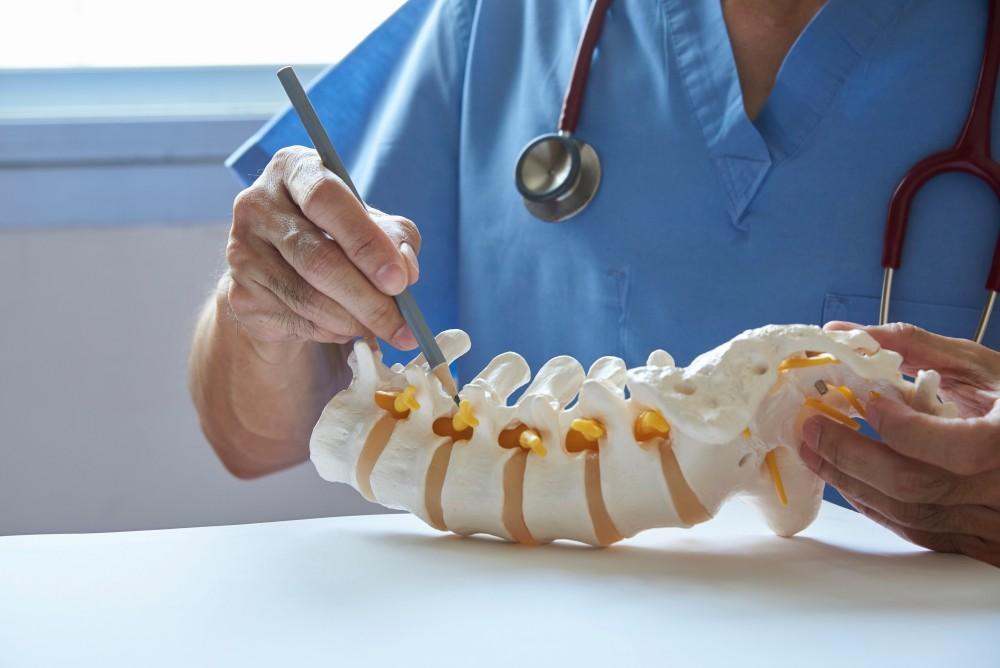
Pulled Muscle vs. Pinched Nerve: What's the Difference?

At first glance, a pulled muscle and a pinched nerve might seem like similar injuries, as they may present with overlapping symptoms and be located in the same regions of the body. However, they’re definitely two discrete conditions and are treated differently.
At Vertrae®, board-certified neurosurgeon Dr. Kamal R. Woods and his team see patients with both types of injuries: a pulled muscle and a pinched nerve. They can quickly determine which you have. They can treat one or refer you to another specialist, such as a physical therapist or an orthopedist. Here’s the difference.
The difference between a pulled muscle and a pinched nerve
A pulled muscle, or muscle strain, is an injury to a muscle or a tendon — the latter being fibrous tissue that connects muscles to bones. A minor strain merely stretches the tissue uncomfortably, while a major strain involves partial or complete tears in the tissues. The pain may be dull or achy and localized to the injured area.
Acute strains are usually caused by a single event, such as lifting something heavy from the back instead of from your knees. Chronic muscle strains come from repetitive or overuse injuries when you repeatedly perform the same motion.
Strains most often occur in the lower back and in the hamstrings, the large muscles at the back of the thigh. The lower back (lumbar spine) is one area that moves a lot as you go about your day, making it a higher risk of sustaining a sprain. And hamstrings are often a target if you fail to warm up properly before exercise, especially if you run a lot.
A pinched nerve originates from the nerve roots that branch from the spinal cord. When spinal structures such as bone spurs, herniated vertebral discs, or arthritis of the facet joints that link the vertebrae impinge upon the nerve root, pain occurs, but it is of a different type from a sprain.
You’ll notice a sharp, burning pain that travels from the pinched root in the back into an extremity. You may also experience weakness, numbness, and tingling along the path of the nerve. This is called radiculopathy, and it happens only when the nerve, not a muscle or tendon, is injured.
Treating pulled muscles and pinched nerves
Both pulled muscles and pinched nerves can be treated with conservative therapies. For both conditions, we start with the RICE method: rest, icing, compression, and elevation. To help with the discomfort, take OTC painkillers or anti-inflammatories. You should start to feel better after a few days, but if you don’t, contact Vertrae® for a consultation on the next steps, which may include short-term immobilization or stronger painkillers.
For a pinched nerve, we may start with prescription pain medications, muscle relaxers, and tricyclic antidepressants used “off-label” to treat nerve-based pain.
Once your pain level diminishes for both conditions, we may recommend physical therapy. With a pulled muscle, the goal is to strengthen the injured muscle and supporting structures to relieve pain and regain range of motion.
With a pinched nerve, your treatment plan is tailored to exercises that reduce the pressure on the nerve. Low-impact exercise, such as walking or water aerobics, relieves you while strengthening the spine’s supporting structures.
Suppose you’re still in too much pain to do the therapy exercises. In that case, we may try corticosteroid injections into the affected area of the spine, which provide short-term relief (usually up to three months). With the pain dulled, you can participate in PT more actively.
Surgery is never a first-line treatment, and most doctors won’t recommend it unless you have symptoms that indicate that your nerves are undergoing damage. They may, however, recommend it if your pain is so severe you can’t walk, work, or engage in your daily routine or if your symptoms don’t resolve after six to eight weeks of conservative treatment. Which procedure Dr. Woods performs depends on where and why the nerve is pinched and how severe your symptoms are.
If you’ve developed lower back pain but aren’t sure if it’s a pulled muscle or a pinched nerve, a consultation at Vertrae® can determine the cause and suggest the appropriate treatment.
To learn more or to schedule an evaluation with Dr. Woods, call us at either our Dayton or Springfield, Ohio, location or book online today.
You Might Also Enjoy...


How to Alleviate Chronic Back Pain Without Surgery

5 Common Signs of a Compression Fracture

Using Your Own Platelet-Rich Plasma to Alleviate Your Back Pain

A Closer Look at Your Sacroiliac Joint

